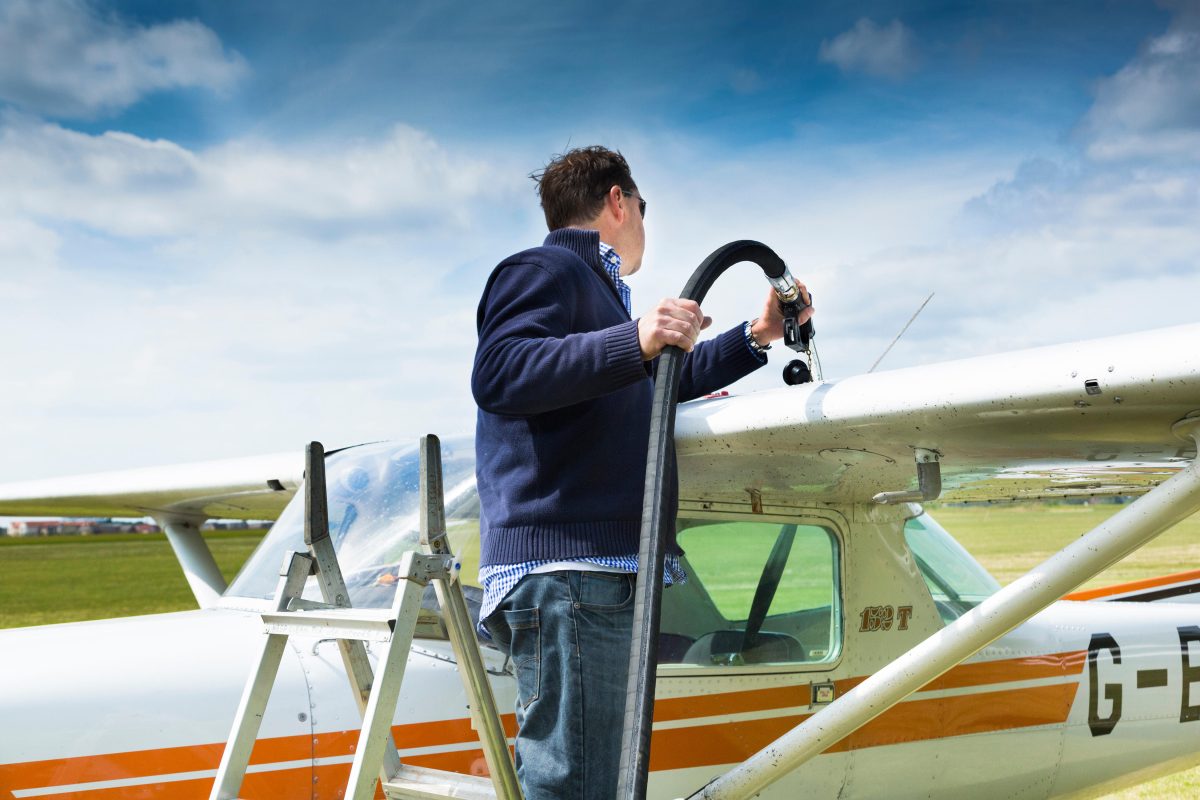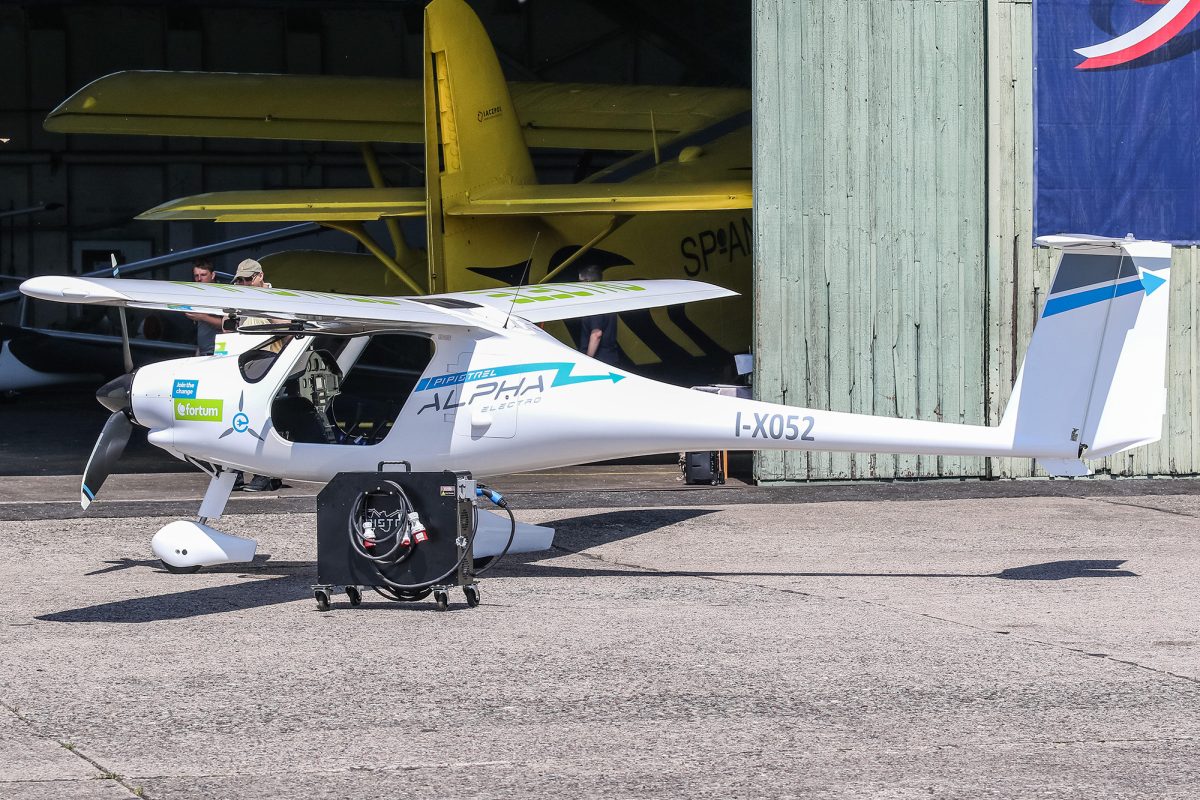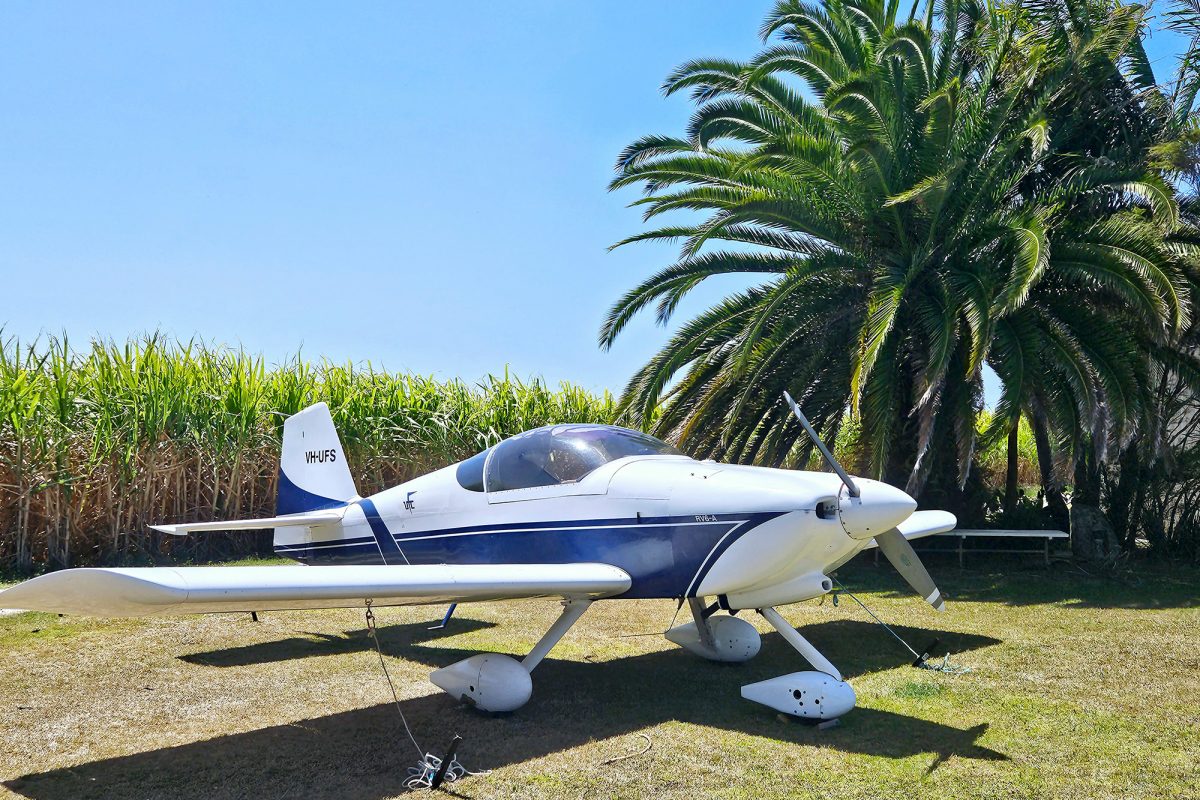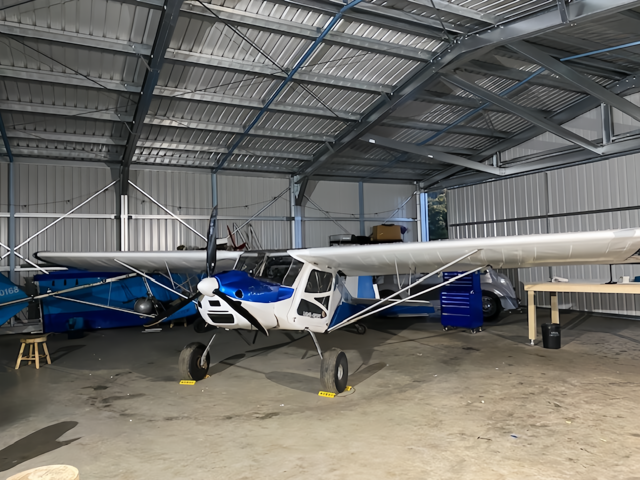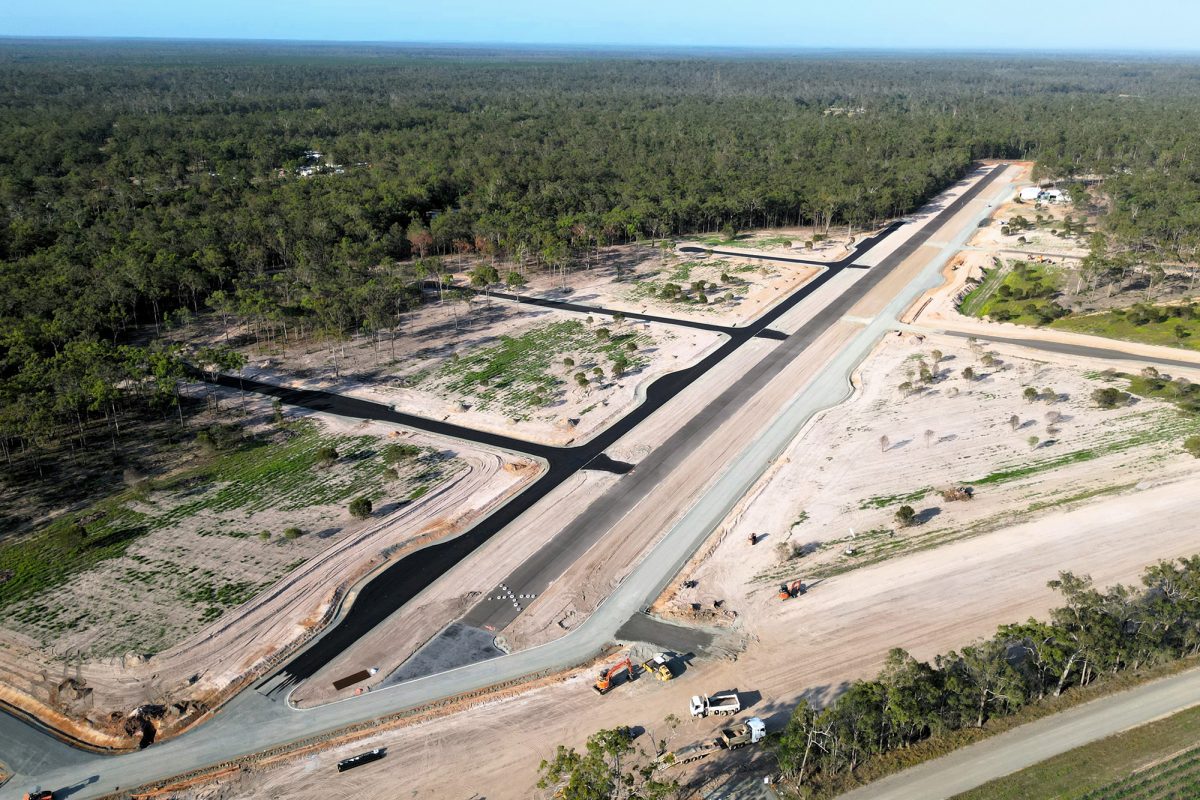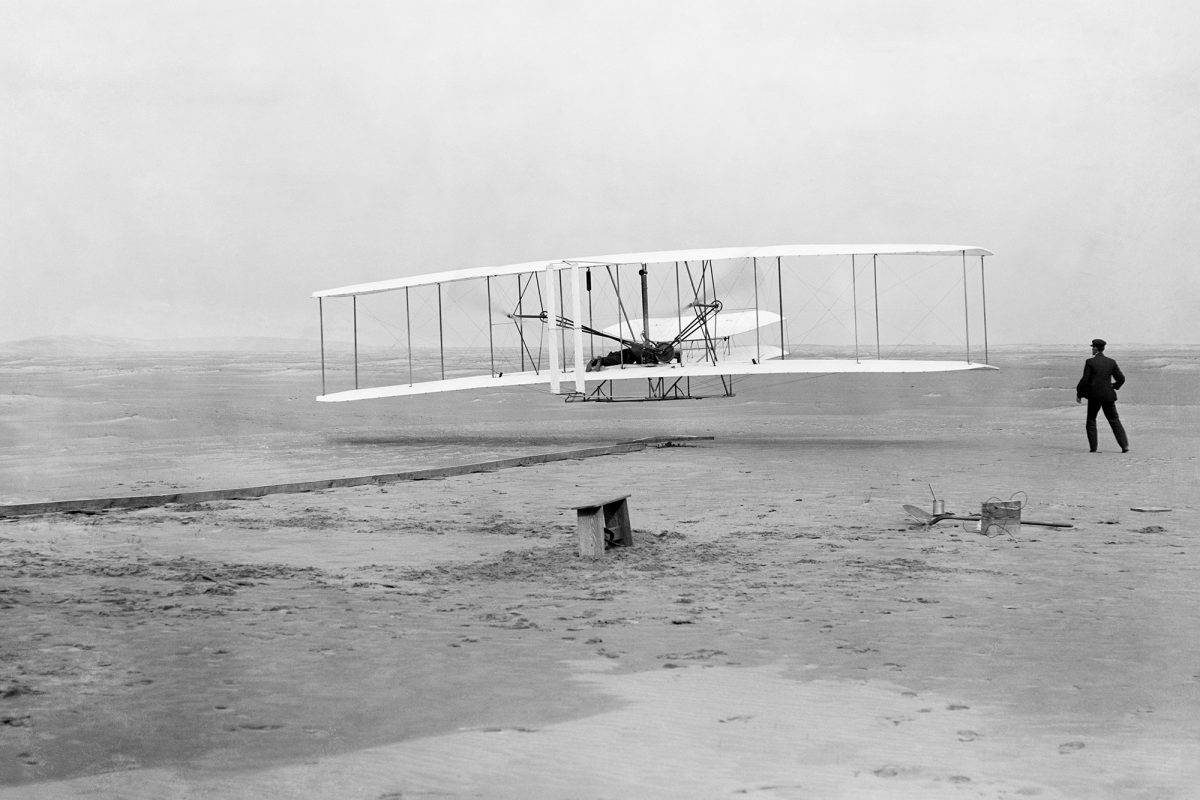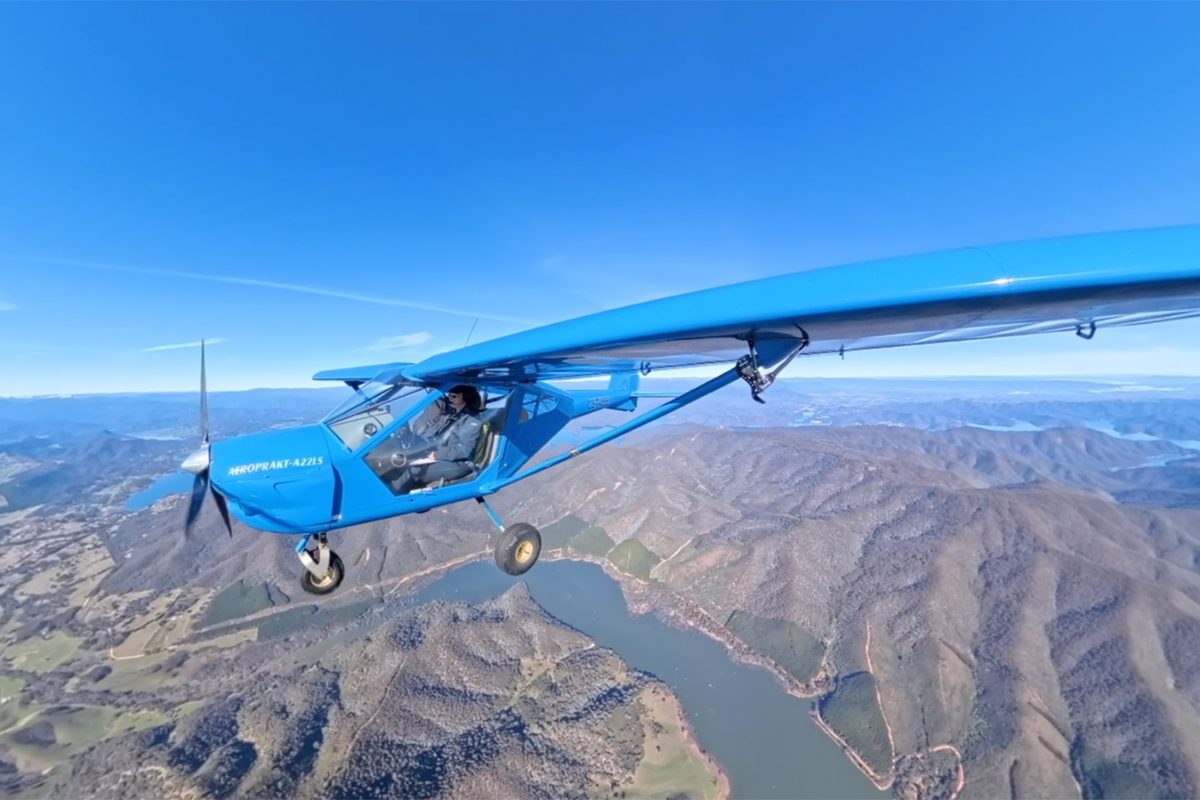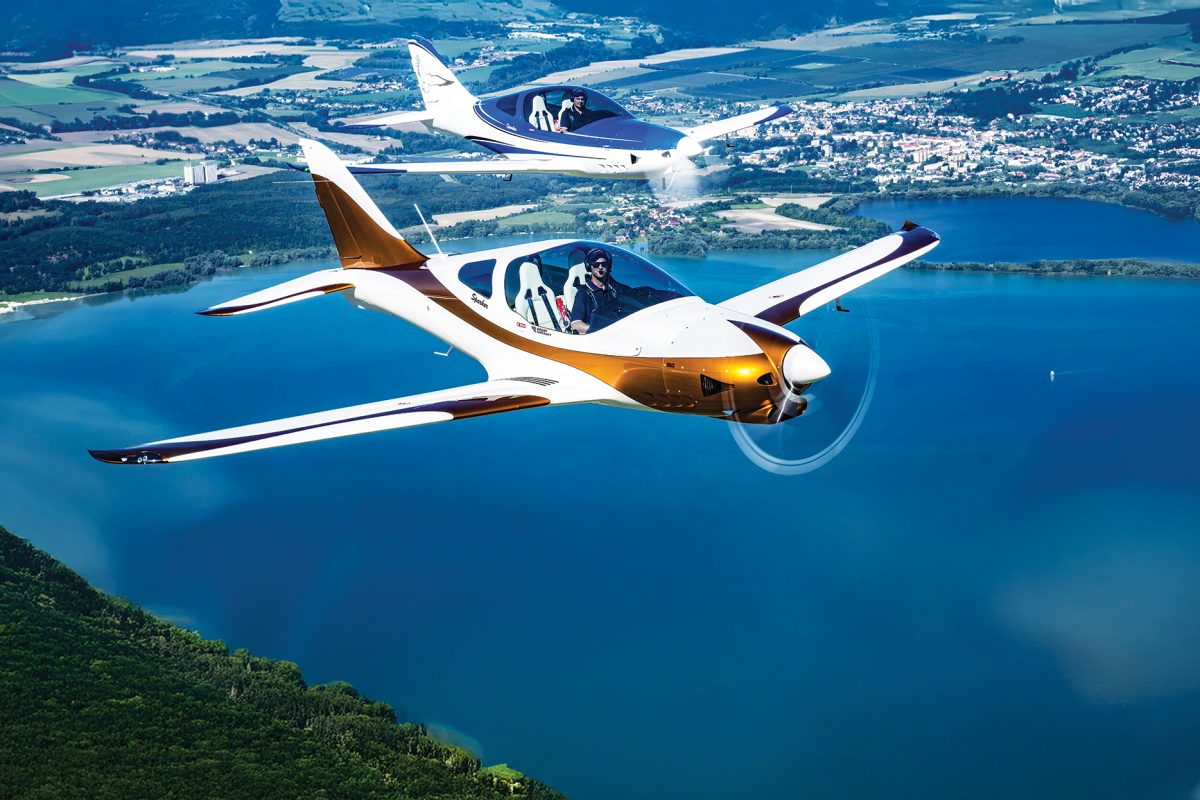JUST BEFORE COVID-19 CLOSED THE BORDERS, OUR INTREPID EDITOR MADE A FLYING VISIT INLAND. READ ON FOR AN ARMCHAIR TRAVELLER’S RIDE TO BROKEN HILL
I fly from my home airport of Lethbridge in Victoria up to Broken Hill several times a year to work on publications for the regional tourism authority. Broken Hill is marketed as “Accessible Outback” and while it’s not as remote as much of the outback, the countryside is certainly red-centre in style.
I do this trip so often, I have it saved in my OzRunways flight plans. This trip will be a clockwise loop Lethbridge > Mildura > Broken Hill > Swan Hill > Lethbridge, as we have to stop for a meeting in Swan Hill and we’ll need fuel and a bathroom by the time we get to Mildura. We’ll be taking one of the Tecnam p92’s from Golden Plains Aviation’s fleet at Lethbridge.
After a weather check the day before and a re-check the morning of the flight, it appeared we would be facing a few clouds south of the ranges, then hoped it would clear up as we approached the Victorian-New South Wales border. North of that it looked good with scattered cloud at 3500 feet. When travelling anywhere, I like to get my flying done early, before the bumps set in, but that is especially so when heading inland as the bumps can get very nasty in the afternoon.
For a lengthy trip away, we always do an extra thorough pre-flight check. So, I allow the best part of an hour for general ‘dicking around’ (that’s an official term), stowage and checks. There’s always something, and today it’s a tyre slightly under pressure. We filled it to the recommended pressure and made a note to keep an eye on it. With the tanks full, we did our engine checks and taxied for runway 28 Lethbridge, which is sealed.
As we climbed out of Lethbridge there was still plenty of blue sky between the clouds, so we climbed up to 6500 feet and as we came adjacent to Ballarat, we levelled off and called in to Ballarat to let them know we were passing. Even from here we could see the clouds breaking up toward Bendigo and beyond. A tune-in to Melbourne Central, just to see what the grown-ups were doing kept us amused as we continued up past Bendigo, St Arnaud and Maryborough. After that, the country starts to change and you leave the green Greater Dividing Range and start to head in to the rolling sand country of North- West Victoria.
This is our longest leg at a little over 3 hours and there isn’t much to do other than have a snack and a drink and gaze at the scenery. Ed Jones is my co-pilot today. With two pilots on board, we share the workload. When one is flying, the other one is managing the radio and nav. It works well. When I’ve done the trip solo, I find myself just getting a little busy and tired at times. So, I’m glad to have Ed along, even if he eats enough for two.
We commence our descent in to Mildura/Wentworth. I think of these as really two airports in the same area. Mildura is large, with a regular passenger service, terminal and security. Wentworth is a dirt strip with an easy 14-hour card reading fuel service, less traffic and there’s always the chance for a friendly chat. But this day we have to stop in Mildura to meet a client. So, Mildura Airport it is. The commercial traffic is clear, so there’s just a few training aircraft in the circuit. We join downwind and make a fuss-free landing. This is an 1800 metre, jet capable strip, so it feels like it goes on forever. Even though I landed a little longer to minimise the taxi, we have quite a bit of chugging along before turning off and parking at what is quite possibly the nicest parking area in the State. It has lush green lawns. Unfortunately, it’s still a long way from the GA gate. With ASIC cards proudly displayed and Hi-vis vests on (it’s an enforced thing at Mildura and Broken Hill) we head out the gate and into town via taxi.

With business concluded, it’s straight back to the aircraft, refuel and back onto runway 09 for Broken Hill. We fill up to the top for two good reasons. One, is that old adage about regretting the fuel you leave behind. The second is that the price of fuel in Broken Hill is high. I guess when you truck fuel to Broken Hill it’s going to add to the cost and it’s not like you can pop down to another airport to re-fuel.
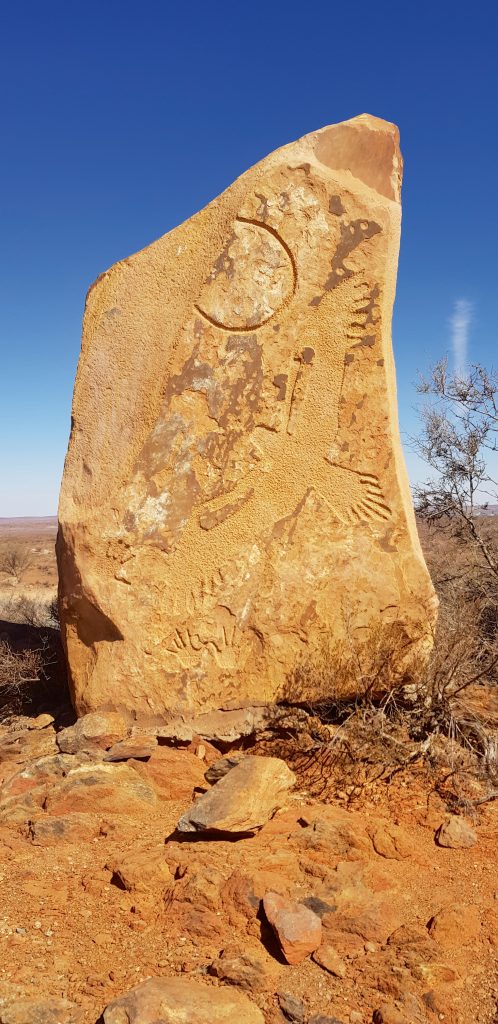
As soon as you cross the Murray River the countryside changes quite quickly to red earth, open plains and scrub. Get used to that, because that’s all you will see for the next 90 minutes as you chug along. The Tecnam is good for 105’ish knots. We have a minor tail-wind today so we’re getting a few extra knots, but that’s about it. Still, I’d rather have it behind me than in the face. It’s now mid-afternoon and the thermals are picking up. We’re getting bounced pretty hard, even at 6500 feet. As we come in to Broken Hill there are willy-willies of red dust rising to 2500 feet and we have to dodge between them as we descend. The pattern is empty and the sky is clear. Other than a slightly swoopy final, courtesy of those afternoon thermals, we touch down at Broken Hill just a few minutes ahead of schedule with a fuel consumption for the trip of 23 litres per hour overall. We taxi to the parking area and tie down. We’re here for the night. A sweaty walk across a 34-degree apron which feels closer to 50 after leaving the cool south, and we arrive at the terminal which is almost a match for Mildura.
If you haven’t flown to Broken Hill, then do. It’s one of the great trips. Scenic flights all the way and plenty to do on the ground. In this part of the world you’ll want a hire car and make sure it’s a 4WD. You can get a surprisingly good coffee at the Giddy Goat and Karaoke Night at the Palace Hotel – scene of Priscilla, Queen of the Desert and the Broken Heel Drag Festival – is not something that will be easily forgotten. Trust me. Plus, there’s a fantastic miners memorial to visit and lots to fill in a week without even leaving town.

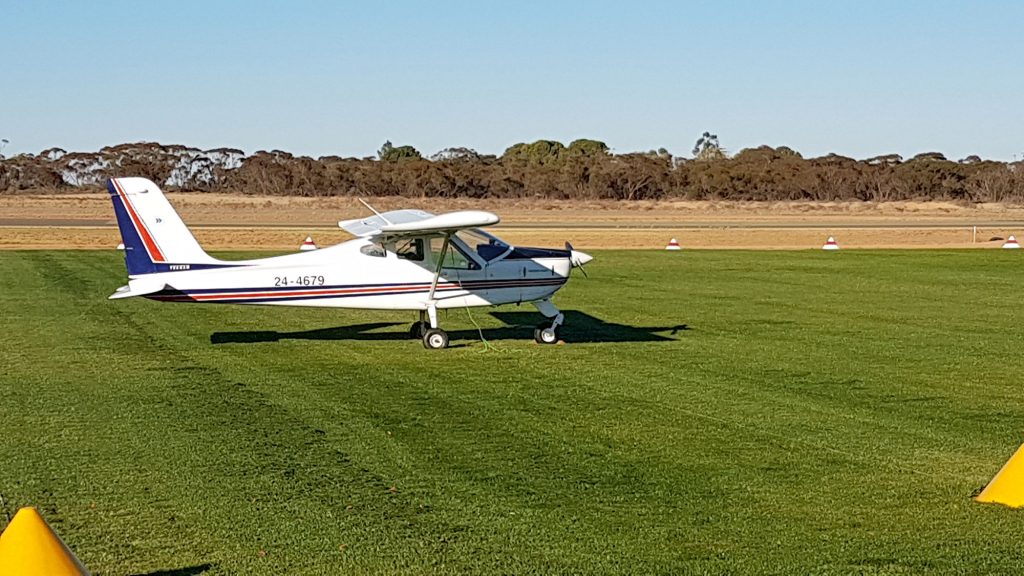
Next day, we climb back into the plane, taxi to the fuel bowser and be thankful we topped up in Wentworth. Fuel ain’t cheap here. But it isn’t cheap anywhere remote. The sky is pure blue with a few puffs on the horizon. There’s always a dust tinge around here too when you look to the horizon. Perfect weather for flying. Being early, we will be up before the bumps. With almost no wind, we use the big black runway with tar, 23 and we’re airborne and climbing before we pass the taxiway ramp. Gotta love a mile of tar. This morning, we’re headed for Swan Hill for another bit of work. It’s 226 nautical miles, so call it two and a quarter hours.
It’s easy to forget as we trundle along at 5500 feet, with the arid landscape spread out below, that you are over a hundred kilometres from the nearest town and the only signs of civilisation below are roads and the occasional station homestead. There’s no phone coverage out here and even the radio is silent. That’s why on these trips I always pack a little more in the emergency kit. I like to have a couple of bottles of water for each person on board and a few muesli bars. A small medical and emergency kit that I bought online for under $50 goes in the flight bag. I have a few basic tools and these days I carry a spare, hand held radio. I always have a good fleecy jumper too. Outback NSW can have a 35-degree day followed by a freezing night. I hope I never, ever get any of these things out of the bag for real. But I am glad I have them onboard.
Passing 10 miles east of Pooncarie an hour later, I’m reminded that this is the only significant strip in the ERSA we’ll see on this leg. There’s lots of farm strips and you can’t help but look for alternates as you cross this country. Fuel is flowing at about 22 litres per hour, everything is in the green. With almost no landmarks, you have to watch your heading. The Tecnam is a great plane, but it does like to wander on heading a bit. Although, maybe it’s the pilot. We’ve got a slight headwind, so maybe an extra 5 minutes on the leg, but no problem. The landscape changes as we approach the mighty Murray River. The rolling red sand and dry grey lakes give way to irrigated orchards and vines. This leg puts us over a section of the river for the last 30 miles and experience has taught me to delay descent to the last minute because it will be bumpy on a warm day. Not just a little bumpy. Quite uncomfortable.
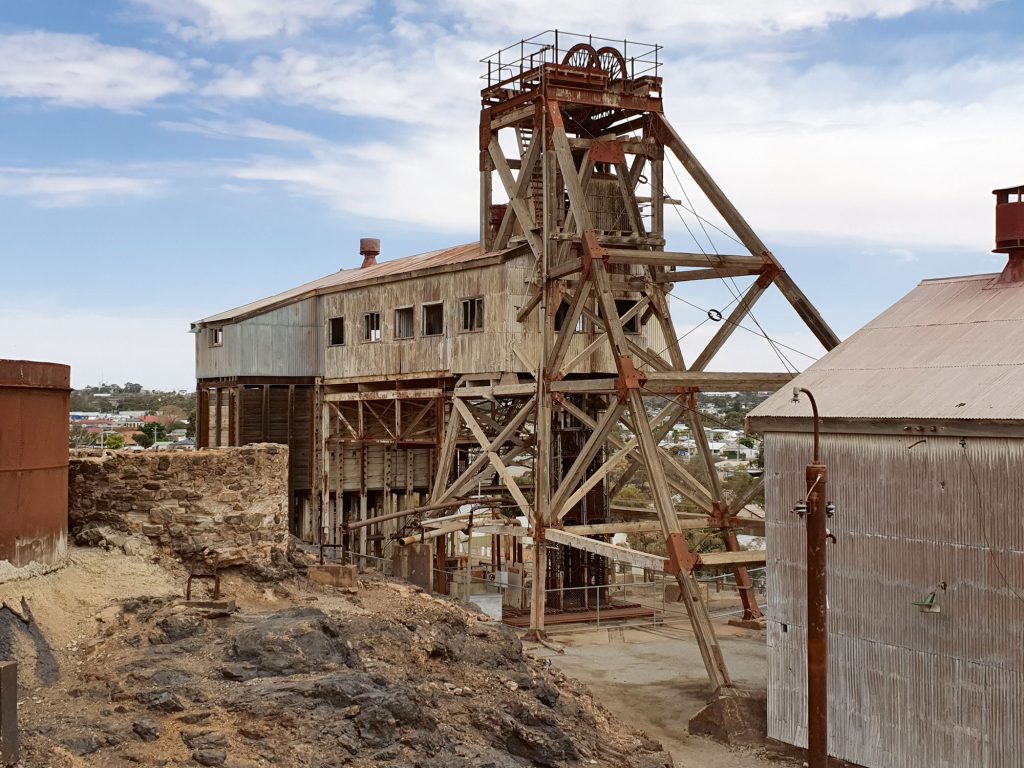
As we descend over the Murray River later, our high approach has been worth it as we start to hit some very hard bumps. Our approach call is left unanswered and we look to have the place to ourselves. Swan Hill Airport is another lovely regional airstrip. It doesn’t have a regular service, so there’s not a large terminal. But it does have fuel and runway 26/08 is 1500 metres of bitumen. The wind has picked up and the windsock is straight out. Fortunately, it’s almost down runway 26, so we join. There’s no other active traffic, so we are able to land and back track without keeping anyone waiting. Swan Hill has my favourite airport feature: 24-hour card operated fuel. And the pricing is a bit friendlier than at Broken Hill. No surprises there. I happen to know that if you call Swan Hill Rental, they’ll leave a car at the airport for you. So, our wheels are there in the carpark when we arrive.
I enjoy almost every town I visit, but Swan Hill is a favourite because of its position on the river and has really good food, courtesy of the local produce. Not that I’m food driven. Ok, yes. I am food driven. We’ve also overnighted here plenty, but today is the proverbial flying visit. So, we’re into town to a couple of locations, then back to the aircraft with a strong desire to get home and get the aircraft back in the hangar. It’s funny how you can’t wait to go flying, but you’re keen to get home, isn’t it?
Departing Swan Hill, that headwind had built. Taking off, we swung south and established ourselves on course for Lethbridge. Anyone flying in this part of Victoria has to be ready to say “Nope, we ain’t going into that”, and find a nice airport with (hopefully) a nearby pub to camp the night in. We’d check ahead and the weather would be broken clouds at Lethbridge. As always on this leg, we set decision points adjacent to Bendigo and Ballarat. The weather can change quickly here. Sometimes an hour on the ground can even be enough to improve it. It’s a case of being mentally prepared to say “No, that’s not what I want to fly in”, and sticking to the decision. Fortunately, today isn’t one of those days. There’s light fluffballs well-spaced at 2500 feet, so we climb above them and make for home.
Everything’s clear as we pass Bendigo and from Ballarat, we can see the wind farms north of Lethbridge, a great marker for navigation in our area. As we get close, I can see the sweep of Port Phillip Bay and Melbourne on the horizon. I don’t know why, but that last landing of a long trip always catches me a bit, so we’re careful to get everything sorted and stowed before we arrive overhead. With everything in order, we join for 28 Lethbridge. There’s nothing quite like the feeling of turning base on your home airfield after a long flight away. It’s a tired, but happy pair of pilots that set down at Lethbridge and taxi back to the hangar.
The whole trip would be 760 Nautical miles, but I suspect our course was probably a few more miles than that. Time in the air was a little over 8 hours and fuel consumption averaged 23 litres per hour. The Tecnam p92 has been rock-solid and I never doubt the Rotax 912. It’s funny, but no sooner have we squared the aircraft away that I’m thinking about the next trip.

